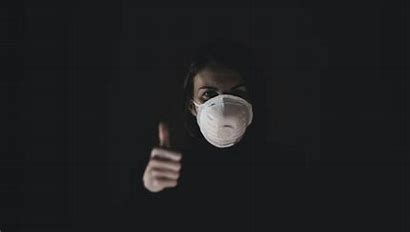Good health is one of the greatest resources for creativity and peace of mind. In today’s day and age, health is not a static state; it is dynamic ever-changing. The unprecedented pandemic we are dealing with today has brought about newer challenges for health which we are continually fighting. Good health results from a perfect diet, suitable physical activity and a mind, which is calm. One of the biggest challenges today is the dropping oxygen levels for those who suffer from Covid. As a Covid survivor, I can say that my oxygen levels did not drop below 99 and I owe that to Yoga along with daily breathing exercises.
Oxygen is very essential for life. Due to a cardiac or a respiratory disorder, some of us are not able to get sufficient oxygen for our body cells. By proper yogic practices, this could be brought under control.
Yoga is unlike any other exercise. It is a detailed science and to understand it, it is important to know why we do what we do.
Effect Of Asanas In Improving Oxygen Saturation
Standing Asanas – The dorsal spine which supports the lungs is well aligned in standing poses. Elasticity is given to the anterior and posterior intercostal muscles and the lungs open out so that oxygenation is the better and vital capacity of the lungs does not reduce. The directions of the movement are so varied that all parts of the lungs are toned up. The cells of the lungs are kept soft and supple. The energy levels of the body are kept up. Better blood circulation is attained in the thoracic organs.
Inverted Asanas – Due to better circulation, more pulmonary veins and capillaries open up. This ensures cellular longevity. The rhythmic pressure of the lung movement exercises the entire respiratory tree and cells of the lungs. This happens without a rise in oxygen consumption. This is a peculiar feature of yogic exercises. The vital capacity of the lungs improves by regular practice. The capacity to withstand altitudes is derived from inverted poses. When practised at high altitudes, the lungs are warmed up immediately.
Back Bending Asanas – Though the decline in lung capacity is accepted as part of the normal ageing process, Yoga offers a solution. The vital capacity of the lungs can be kept up by back bending asanas that maintain the elasticity of respiratory muscles and the oxygen-carrying capacity of the lungs is unaffected.
Effect Of Pranayama In Oxygen Saturation
Pranayama is often erroneously called only deep breathing. In pranayama, the actions are so unhurried that there is adequate time for every alveoli to take in oxygen. The drawn in energy is also not allowed to forcefully exit from the system. That is the reason why exhalation is very slow. This gives time for the system to continue to absorb energy even during the exhalation phase.
The lung muscles accommodate more inflow oxygen and blood. The haemoglobin/oxygen saturation is enhanced during kumbhaka (retention of the breath) as there is enough time for saturation as the inspired breath is not let out. The inspiratory volume and expiratory volume are made healthy. The vital capacity increases.
Regular Yoga practice can have the following benefits:
• Easy breathing
• Better blood circulation and effective oxygenation.
• Better performance of the respiratory system.
• Lungs become strong
The writer is the Founder of SARVA.











